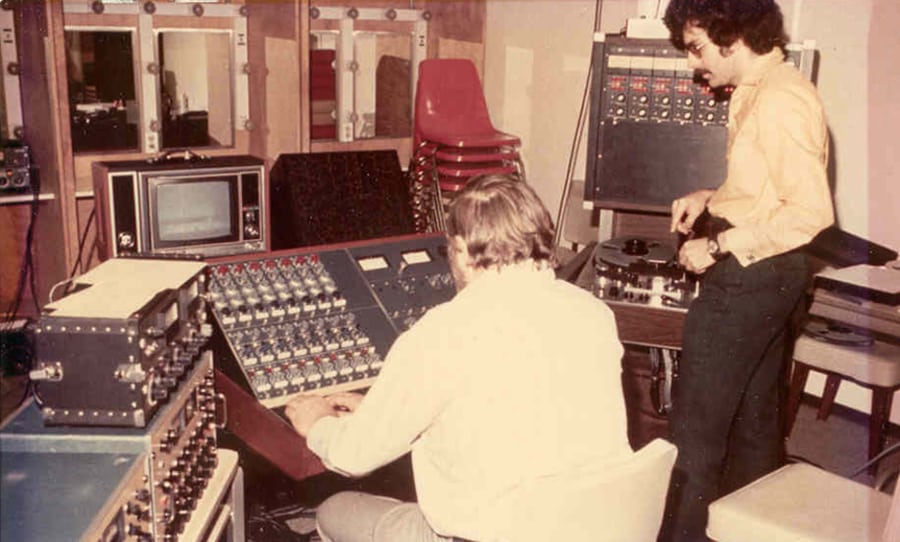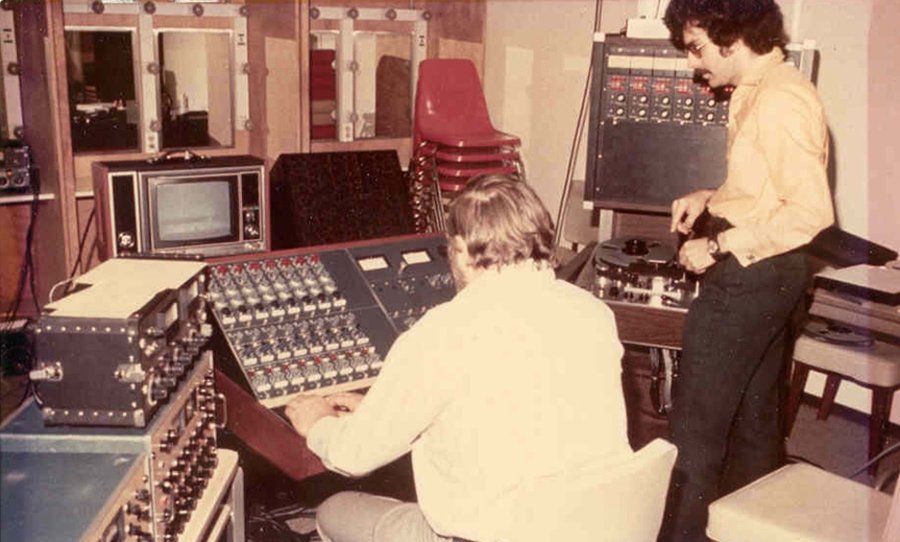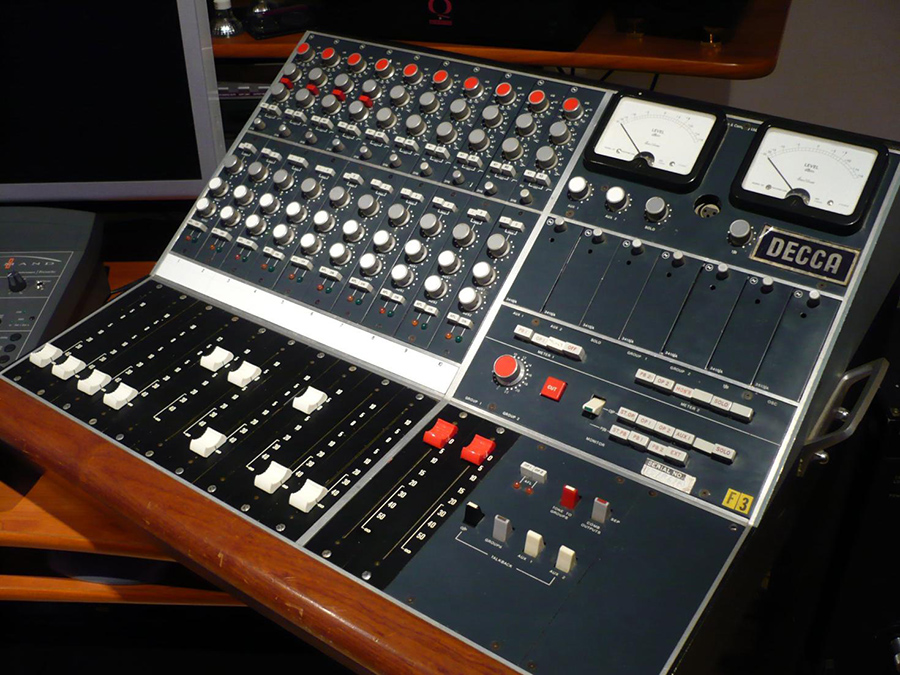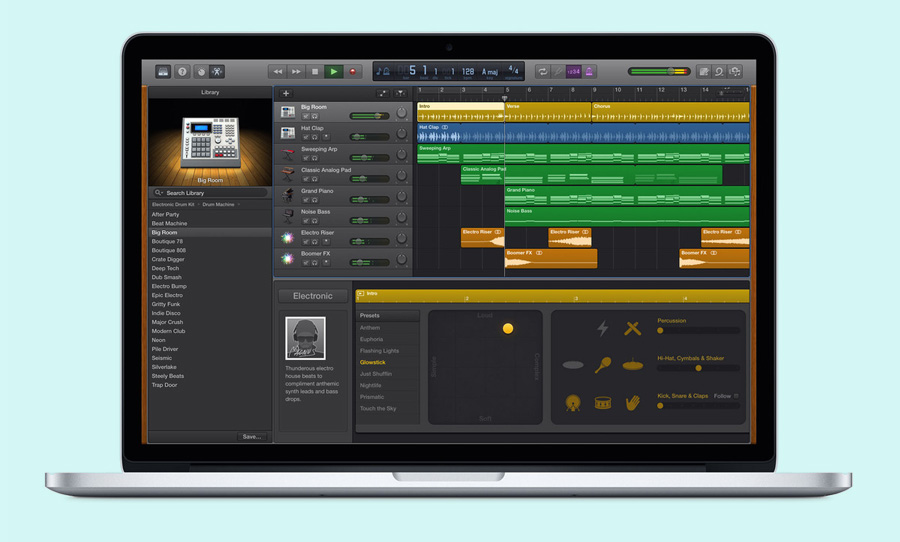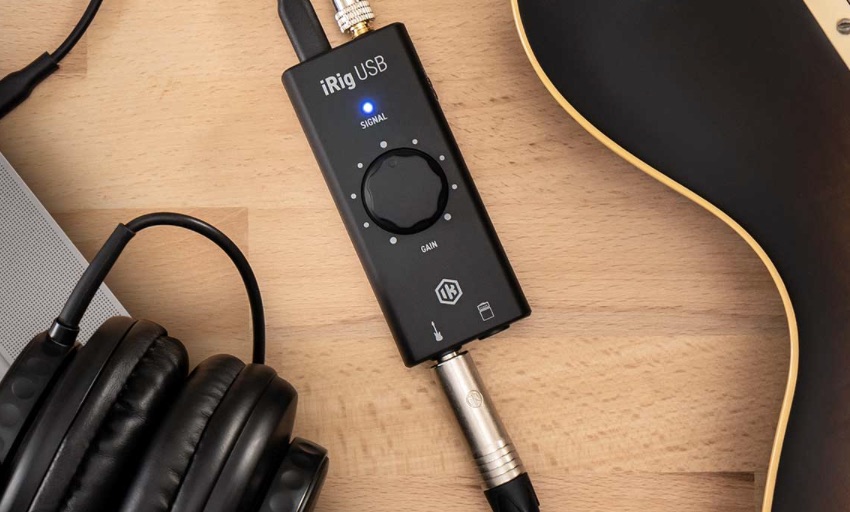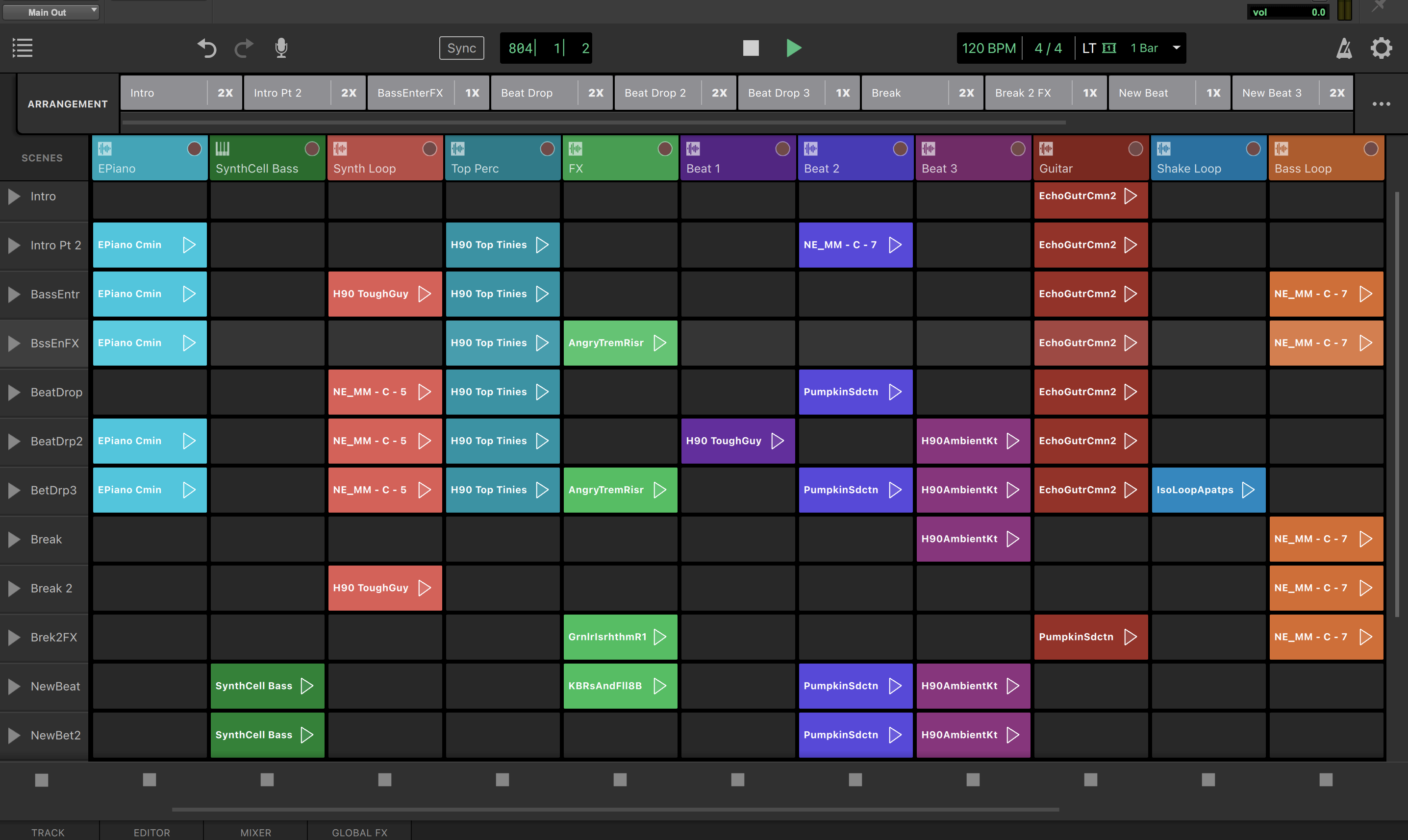Analog relevance is a tricky and controversial subject. We now live in a world with digital plug-ins that are not simply based on their digital counterparts, but are entirely modelled off them. Take for example, convolution reverb.
These plug ins are not algorithmic calculations of hypothetical rooms, these are reverbs based on real rooms in the physical world. The quality of digital processing is advancing at lightening speed, so are analog desks relevant to the digital world?
There’s no denying there are some absolutely brilliant modern analog mixers out there, but the question remains are analog mixers still necessary in a digital workflow?
Before even beginning to discuss modern analog mixers, we need stress that decent A-D/D-A converters are absolutely essential. You could have the loveliest Neve pres and a beautiful desk, but if your A-D aren’t up to scratch, the recording will sound like a dogs breakfast and a huge waste of time (this is the least colourful way of putting it). Having amazing high end gear is fantastic but if your signal gets screwed up in the conversion end of signal flow, you have wasted ‘x’ thousands of dollars on said beautiful gear.
So, while tracking, these modern analog mixers are absolutely beautiful. Take for example, the Neve BCM10 Sidecar. This is a fantastic piece of gear. It’s available in 10-16-24 and 32 channel options. The desk offers comes with two modular 500 Series slots and I don’t think we really even need to discuss the importance of these. Beautiful sounding Neve pre-amps, ability to change modules, what could possibly be wrong with this?
The price tag. You’re looking at $75,000 plus for one of these babies.
Okay, okay. These desks can’t all be the price of a downpayment for a small house, right?
API’s The Box is another example of a modern analog mixer that could be used. Two inputs are designed with 500 series module slots to allow the user to use whatever pre-amp desired. According to API’s description, the box is:
“Optimized for the digital era [and] handles all the functions needed for production not provided by most DAWs, including mic preamps, input signal processing, high-quality mix bus, cue sends with talkback, monitor control, and more, without the redundant capacities of larger consoles.”
For all intents and purposes, these new style of analog mixers are great for working in the digital world, except they don’t work as a controller; there is no HUE or AES output. While this isn’t entirely necessary in the digital workflow, one would think that a console that costs around $15,000 (RRP) would have some sort of integrated digital controller. Interestingly, the Sidecar doesn’t have this capability either.
While it would be lovely to have the money to spend on these high end analog mixers, the question remains if whether these are relevant to a digital workflow. For tracking? Absolutely, if the converters are as high end as the desk is. For mixing? Possibly not. While it is nice to be able to sum tracks to an analog console and mix that way, it is not essential to mix in this fashion. I may be shot for saying this, but it is entirely possible to mix ‘in the box’.
At the end of the day, the most important thing to remember as an audio engineer is that it isn’t the gear that makes the recording, it’s the engineer that makes the gear work for the recording. A $75,000 desk would be lovely. Are there more important purchases to make with $75,000? Yes, probably. Some high end converters or a really, really nice coffee machine would go down a treat.
